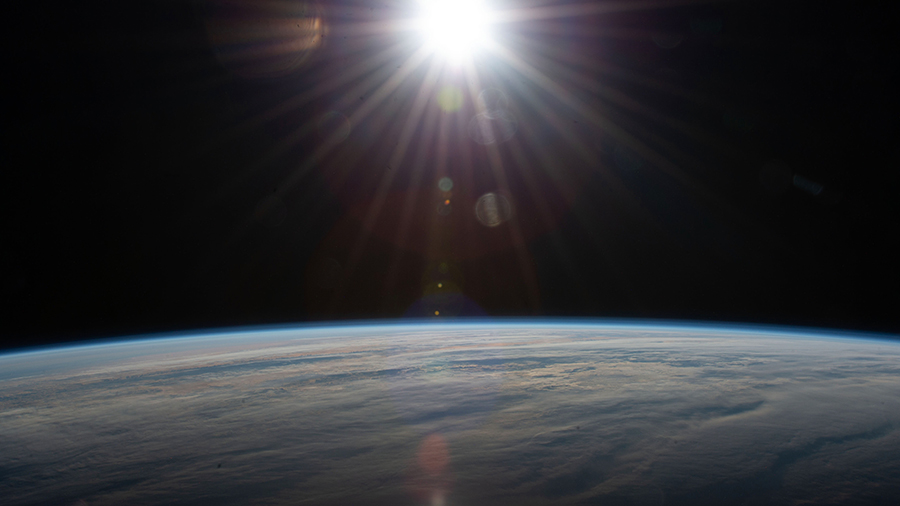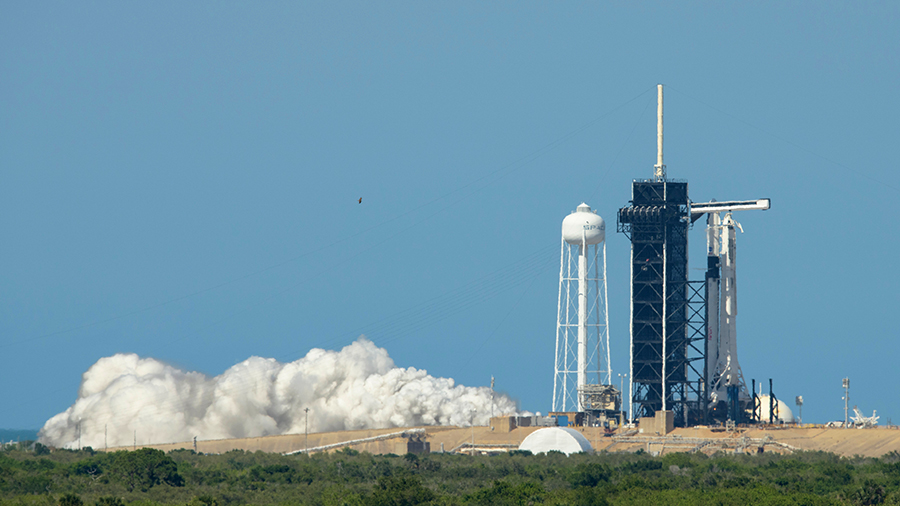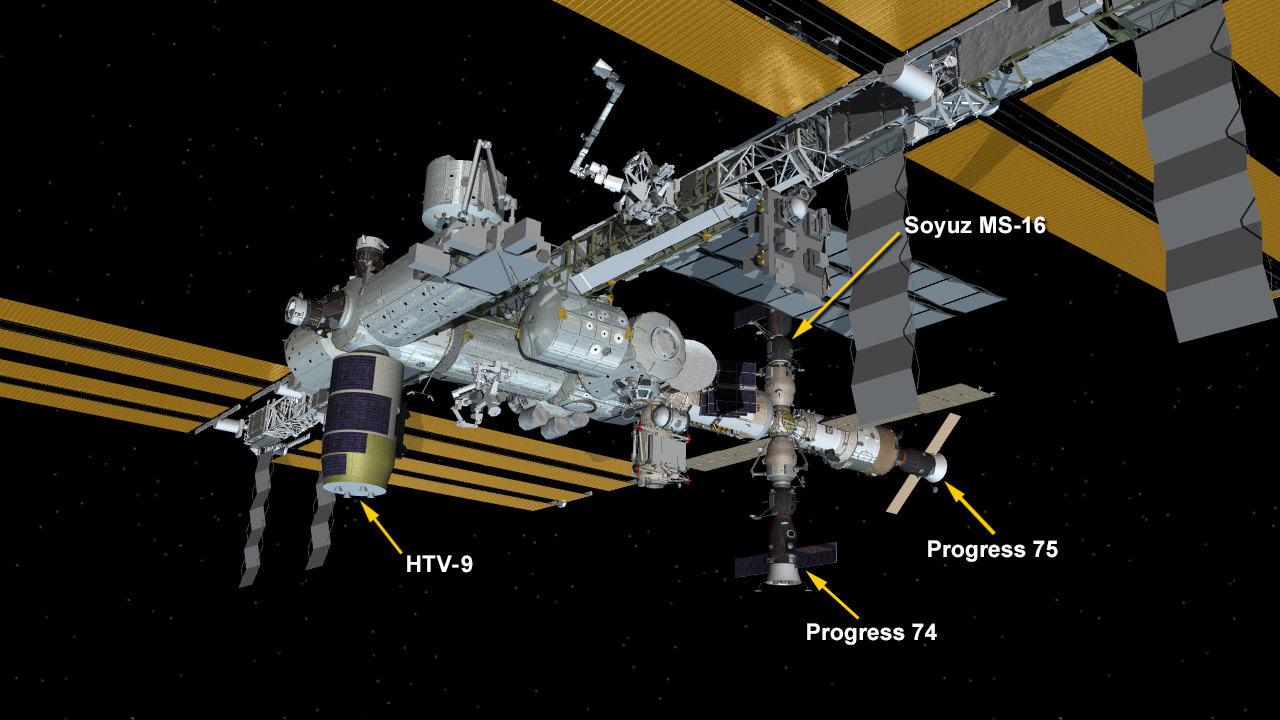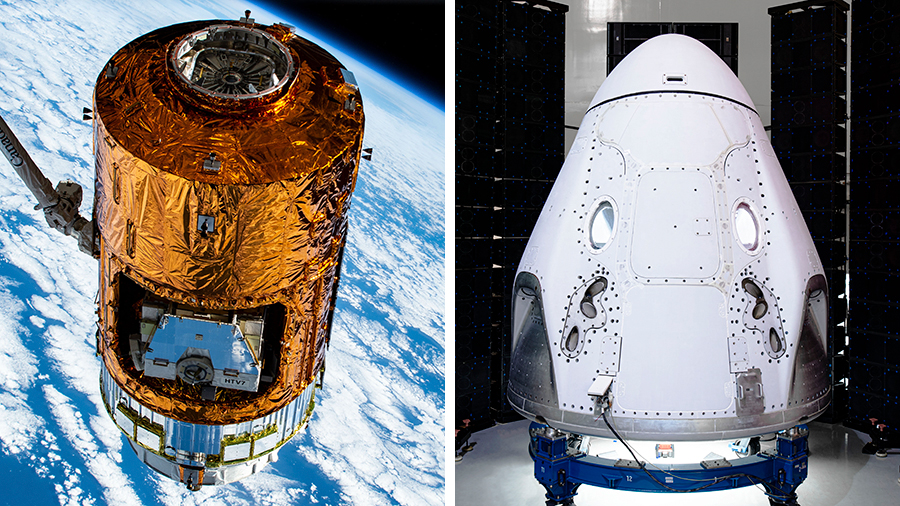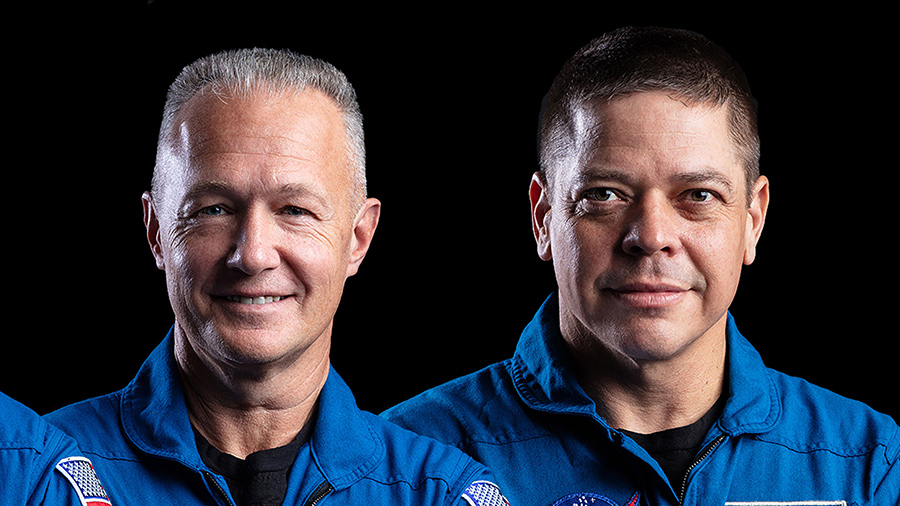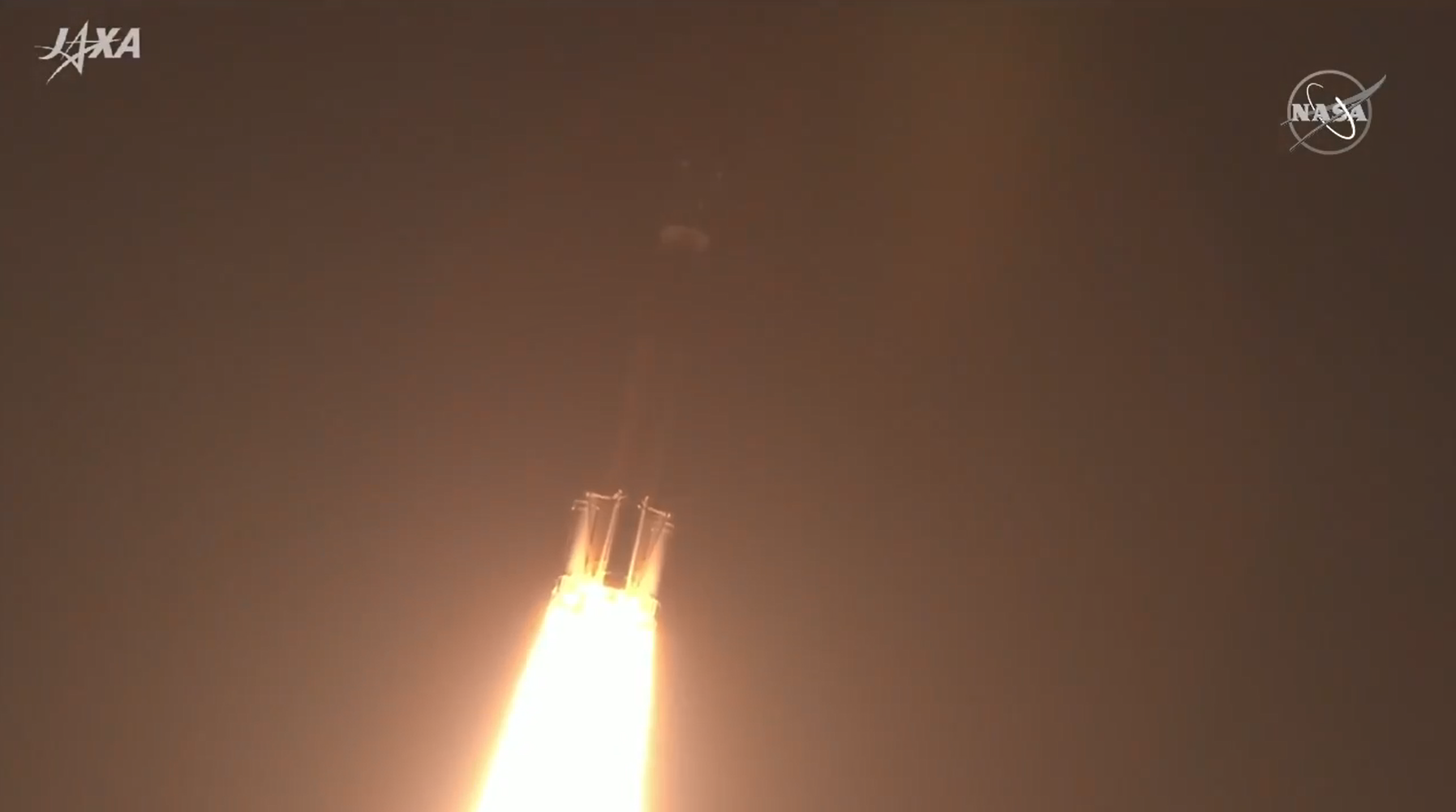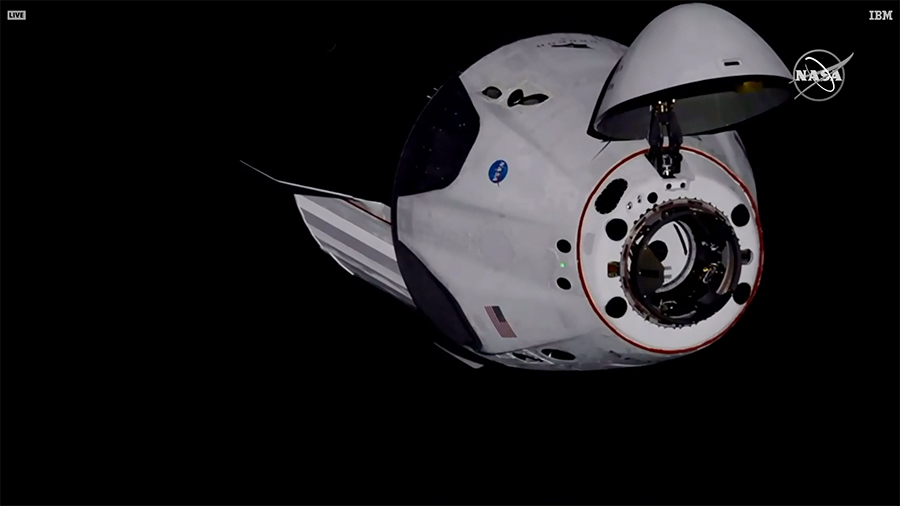
NASA astronauts Robert Behnken and Douglas Hurley aboard the SpaceX Dragon Endeavour have arrived at the International Space Station.
The Crew Dragon arrived at the station’s Harmony port, docking at 10:16 a.m. EDT while the spacecraft were flying about 262 miles above the northern border of China and Mongolia. Following soft capture, 12 hooks were closed to complete a hard capture at 10:27 a.m. Teams now will begin conducting standard leak checks and pressurization between the spacecraft in preparation for hatch opening scheduled for approximately 12:45 p.m.
NASA Television and the agency’s website are continuing to provide live continuous coverage of the agency’s SpaceX Demo-2 mission.
Behnken and Hurley made history Saturday as they became the first Americans to launch on an American rocket from American soil to the space station in nearly a decade. Their successful docking completed many of the test objectives of the SpaceX Demo-2 mission, and the rest will be completed as the spacecraft operates as part of the space station, then at the conclusion of its mission undocks and descends for a parachute landing in the Atlantic Ocean.
Aboard the space station, Expedition 63 Commander and NASA astronaut Chris Cassidy and Russian cosmonauts Anatoly Ivanishin and Ivan Vagner are preparing to welcome Behnken and Hurley aboard the station.
Follow along with mission activities and get more information at: https://blogs.nasa.gov/station. Learn more about commercial crew and space station activities by following @Commercial_Crew, @space_station, and @ISS_Research on Twitter as well as the Commercial Crew Facebook, ISS Facebook and ISS Instagram accounts.



